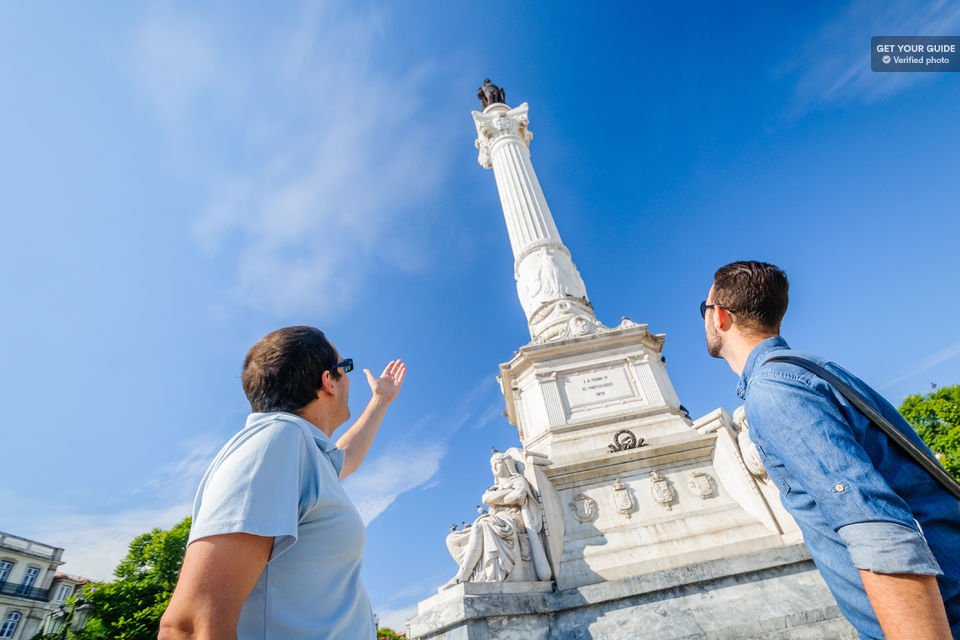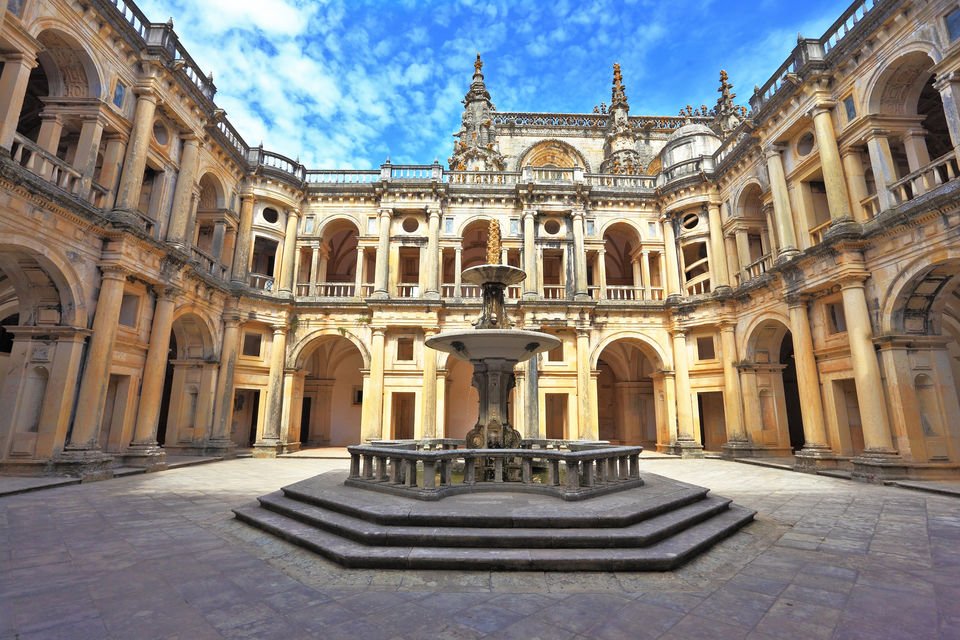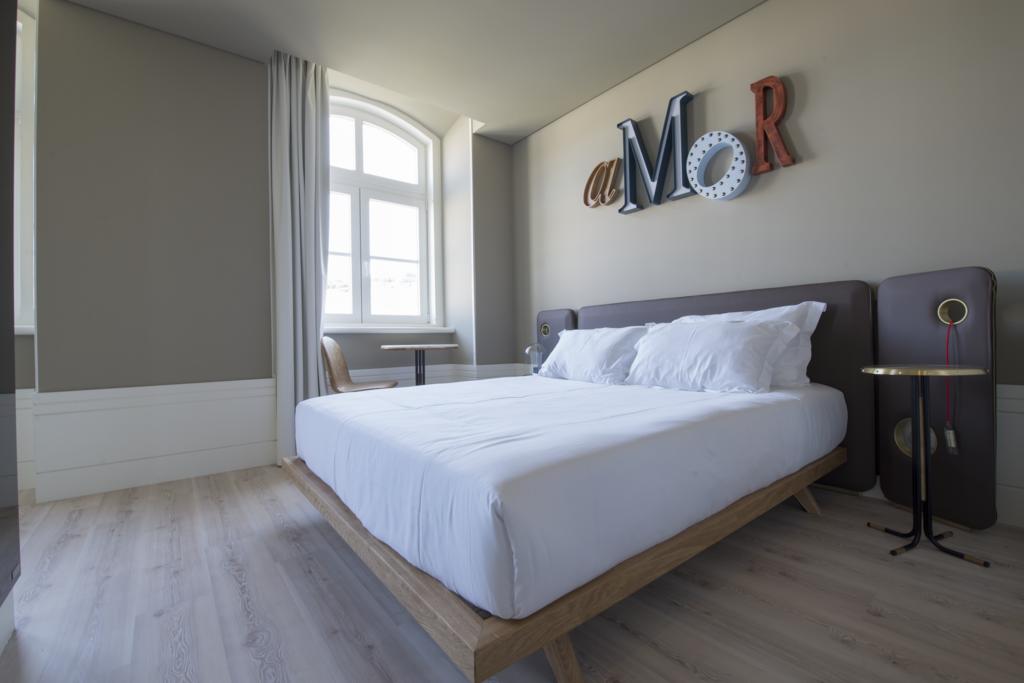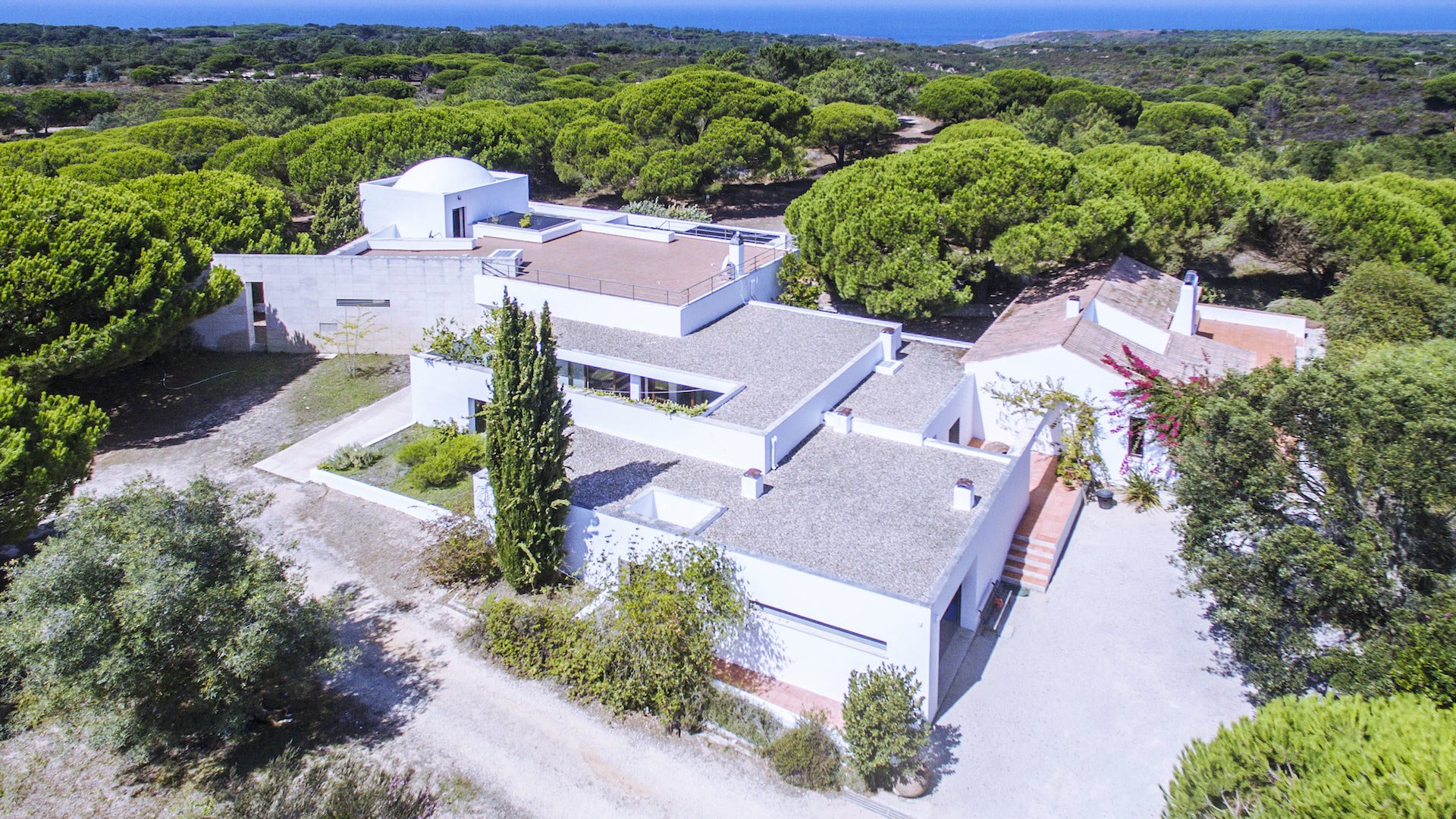The Monastery of Jeronimos in Lisbon

The Monastery of the Jeronimos of Lisbon or Mosteiro dos Jeronimos, is one of the largest, most visited and most interesting monuments in Lisbon. The Jeronimos Monastery of Belém impresses thousands of tourists from all over the world every year and it’s not by chance!
Visiting Lisbon without seeing this monastery will make you miss out on discovering the city, its history and culture. The Jeronimos Monastery is located in the Belem district and is strongly linked to the Monument of Discovery. It is one of the two monuments located in Lisbon and listed as a UNESCO World Heritage Site. The Jeronimos Monastery is one of the most beautiful and magnificent examples of the Manuélen style that has contributed to the fame of the Portuguese capital.
It is one of the obligatory stops for all visitors to Lisbon. To be in Lisbon and not see Mosteiro dos Jeronimos is like being in Paris and not seeing the Eiffel Tower.
When is the best time to visit this Lisbon monument, what time is it open, how much does a ticket cost, when can you visit it for free or how to get there are all questions that this article will answer.
For your information, the Lisboa Card offers discounts on transport, monument tickets and even free entry for certain visits to Lisbon lasting 24, 48 or 72 hours. Find out all you need to know about the card by consulting the Lisboa Card guide, or click on the map below to order it directly online.
Click on the Lisboa Card to order it online
Visit Lisbon and the Jeronimos Monastery
Before you start and give you all the information you are looking for, you should know that there are websites specializing in guided tours of Lisbon, made by English speaking guides living in the city and on which you can consult all the opinions of the people who have passed before you. A way to simplify your visit to the city, to make sure you don’t miss anything and to rely on people who will be able to tell you all the meanings of the wonderful monuments that the capital has to offer.
This is the case of the site you can consult below, which specializes in visits to all the cities of the world including Lisbon and where you will find everything you need to organize your holidays in Portugal. Visits by bus, on foot, by bike, by segway, by gocar or by tuk tuk to discover monuments as well as gastronomy, museums, Fado and everything that makes up the charm and culture of Portugal and its capital.
Getting to the Jeronimos Monastery in Lisbon

To get to the monastery:
- Tram 15 to the “Mosteiro dos Jeronimos” station. The tram stops in front of the beautiful monastery, so you can’t go wrong.
- Bus 714, 727, 728, 729 or 751 from the centre of Lisbon (including Praca do Comercio) to the same stop.
- Train from Cais de Sodre station to Belem station, then on foot to Jeronimos monastery. You will have to walk around for about 10 minutes.
- The easiest way to get to the monastery is by car from the centre taking avenue 24 de Julho/N6 to Jeronimos Monastery. You can leave your car in the car park next to the Lisbon Maritime Museum (west wing of the Monastery) or in the Belem Cultural Centre.
Tickets and prices of the Jeronimos Monastery of Belem, Lisbon
You will find below a list of different tickets, fares and discounts for the Jeronimos Monastery in Lisbon (Prices are those valid from January 2019) :
- Individual ticket for the galleries: 10€.
- Jeronimos Monastery + National Archaeological Museum combined ticket: €12
- 50% discount for people over 65 years of age
- Free entrance for children under 12 years old
- Family ticket from 4 people (minimum 2 adults and 2 children aged 13-18): 50% discount
- Students: 50% discount
To avoid queues, you can buy your ticket HERE. Admission to the church is always free.
Attention, you may read sometimes that the entrance to the monastery is free for everyone on the first Sunday of each month from 10am to 2pm but this is only valid for Portuguese residents.
Timetable of the Jeronimos Monastery in Lisbon
- May to September from 10:00 am to 6:30 pm (last entrance at 6:00 pm)
- October to May from 10:00 am to 5:30 pm (last entry at 5:00 pm)
- The monastery is closed on Mondays, 1 January, Easter Sunday, 1 May, 13 June and 25 December.
To visit near the Jeronimos monastery in Belem

In the west wing of the monastery is the Maritime Museum of Lisbon, one of the most interesting museums in the city. Entrance is to be paid separately and it is advisable to allow about 1 hour and a half for its visit. The monastery also houses the National Archaeological Museum: as mentioned above, you can buy a ticket for the monastery and the museum for 12€.
If you want to try one of the most famous pastry shops in this part of Lisbon, then you should definitely go to the Casa de Pasteis de Belem, which is a very famous pastry shop. The shop is located very close to the Jeronimos Monastery, just walk 200 meters along the main street towards the center of Lisbon, you will quickly see the queue.
After your tasting of the Pasteis de Belem, you can also visit the National Car Museum with an amazing collection of different types of cars, cars and ambulances, it’s worth it!
From the monastery looking out over the Tagus, you will see the impressive Monument to the Explorers. To reach it, you have to cross the Praça do Império with its fountain. On the right you can also see the building of the Belem Cultural Centre, which houses the Museum of the Berardo Collection, recommended for all those who love art, including the works of Salvador Dali. Admission is free.
From the bottom of the Monument to the Explorers, you can continue with the visit to the Tower of Belem, the second UNESCO World Heritage Site in Lisbon, which once guarded the entrance to the port of Lisbon.
Visit to the Jeronimos Monastery in Lisbon: practical information
- Entrance to the church is free, unlike the entrance to the galleries and sacristy, which is not free. In front of the entrance there are two queues: the queue on the left side is for the galleries and the one on the right is free for the church.
- If you are going to visit the monastery and other monuments in the Belem district, it is advisable to buy the combined ticket monastery + museum.
- Inside, you can take pictures but without a flash.
- The toilets are located in the cloister area, behind the cash register.
- When you visit the church, beware of pickpockets in the waiting girl
- The Jeronimos Monastery is included in the program of every trip to Lisbon, so it can happen that the monastery welcomes a lot of people. In this case, it may be interesting to wait a little, visit another monument or come back a little later.
- If you want to avoid the crowds, visit the monastery during the week in the afternoon.
- The monastery is closed on Mondays
- If you have a combined ticket or have already bought one online, you have a separate queue for the galleries, so you don’t have to queue.
Visit to the cloisters of the Jeronimos Monastery in Lisbon

All those who visit the Jeronimos Monastery will greatly appreciate the visit to the cloisters. It is a part of the monastery where you have to pay for the entrance but the price is worth the candle. The cloisters were intended for the rest, meditation and work of the monks living in the monastery.
They were designed by the architect Diogo de Boitac at the beginning of the 16th century, and his works were continued by João de Castilho from 1517 until their final completion by Diogo de Torralva in 1540-1541. It is one of the finest examples of the use of the Manuelline style in the convent complex. On two floors there are numerous examples of religious motifs (scenes from the Passion of Christ, representations of saints), royal symbols (cross of the Order of Christ, armillary sphere, royal coat of arms) and motifs related to nature and expeditions at sea (interlaced ropes or images of foreign animals). In the northern part of the cloister of the Jeronimos Monastery is the tomb of Fernando Pessoa, created by Lagoa Henriques in 1985.
It was built between 1517 and 1518 by Leonardo da Vinci. The walls are covered with azulejos panels dating from 1780 to 1785, depicting scenes from the Old and New Testament. You can also see the chapter house, which was not completed until the 19th century. The entrance to the chapter house made by Rodrigo de Pontezilha is really beautiful. Today, the chapter house houses the tomb of Alexander Herculano, an important Portuguese politician, historian and writer.
Church of the Blessed Virgin Mary in Belém
This church is also a possible part of your visit to the monastery. The church of the Blessed Virgin Mary in Belém, which has a free entrance, was designed on a Latin cross plan and consists of three naves of the same height. The ornate vault supports six large columns.
As you enter the church you can see two impressive tombstones: on the left side is the tombstone of Vasco da Gama and on the right side is the tombstone of Luís de Camões. Both tombstones were made in the neo-Manueline style in the 19th century. Next, you can see the confessionals in the north wall and on the south wall of the church, large coloured stained glass windows.
In the transept, the House of King Cardinal Henrique and the children of King Manuel I are buried on the left, while on the right, marble elephants support the tomb of King Sebastian and the descendants of King John III. The altar commissioned by Queen Catherine, wife of John III in 1571, is also worth mentioning: on the sides there are the tombs of Kings Manuel I and John III and their wives. The paintings on the altar depict, among other things, the Passion of Christ.
History of the Jeronimos Monastery in Lisbon

The beginnings of the construction of the Jeronimos Monastery date back to 1496, when King Manuel I requested permission to build a monastery on the banks of the Tagus. One of the reasons for the construction of the Jeronimos Monastery was to create a pantheon for the Aviz-Beja family, of which King Manuel I was the first monarch.
The monastery replaced the church that existed in the same place and was dedicated to the Blessed Virgin Mary of Al, where the monks of the Order of Christ provided spiritual assistance to the sailors. The construction of the Jeronimos Monastery began in 1501 and was completed more than 100 years later. Its construction was largely financed by the spice trade.
The monastery is more than 300 meters long and is mainly made of limestone. Several architects worked on its construction:
- Diogo de Boitaca (1460-1528)
- João de Castilho (1475-1552)
- Diogo de Torralva (1500-1566)
- Jerónimo de Ruão (1530-1601)
The resulting monument is considered a pearl of the Manueline style in Portugal and one of the most important works of Portuguese architecture. King Manuel I chose the Order of Saint Jerome, also known as Jerónimos, to take care of the monastery, hence the current name of Jerónimos Monastery . The Order of Jerónimos occupied the monastery until 1834, when it was abolished in Portugal.
In 1604, the monastery was proclaimed royal pantheon by King Philip II of Portugal. A library was built in 1640, and in 1675 the Regent Peter gave the monastery a silver tabernacle, which was placed in the high altar and can still be seen today. In the same century, the tombs of King Sebastian and Cardinal Henry were created in the monastery. At the end of the 17th century, a lot of work was carried out in the monastery, in which carved wooden elements were added to the chapels. In the 18th century, the sacristy was also modified. It is important that the monastery largely survived the tragic earthquake of 1755, which severely damaged most of Lisbon.
In the 19th century, the monks left the monastery and the adjacent church became the parish church of the new parish – Belem. In 1860 the monastery, under the leadership of Rafael Silva e Castro, began to renovate the monastery. The small water tank of the cloister was removed. Between 1867 and 1878 the facade of the church received its present appearance. In 1894, the tombstones of Vasco da Gama and Luis de Camoes were placed in the monastery. At the end of the 19th century, the monastery housed the Museum of Industry and Commerce, and since 1900, the collection of the Portuguese Ethnological Museum.
In 1907, the Jeronimos Monastery was declared a national monument. In the middle of the 20th century, new stained glass windows were placed in the church and the tombs of Vasco da Gama and Luis de Camoes were moved to their present location. In 1983, the monastery was added to the UNESCO list of monuments with the Tower of Belem. Today, the Jeronimos Monastery is one of the most visited monuments in Lisbon and one of the most important tourist attractions in Portugal.
Related Articles
- Helicopter in Lisbon, guaranteed sensations
Once you have visited the capital from the ground and if you want to treat…
- Controlling house prices in Lisbon
Lisbon City Council is willing to transfer municipal land and buildings to housing cooperatives on…
- Transfer Lisbon Airport and Silver Coast
The whole part of the Silver Coast in Portugal is increasingly visited by tourists who…
- 800 new homes in Lisbon
The Mayor of Lisbon Fernando Medina has promised to provide in 2019 about 800 new…
- Visit Lisbon by bus
Visiting Lisbon by bus is probably one of the favourite activities of tourists in the…
- Visit Lisbon: 12 places to discover
Lisbon is one of the oldest cities in Portugal. The city is full of historical buildings,…
- The Tuk Tuk in Lisbon
The Tuk Tuks have long since established themselves in the city of Lisbon and that…
- What to do in Lisbon? Selection of activities!
If you are making the decision to come and live in Lisbon or are thinking…
- Book a hotel in Lisbon: great ideas!
My Top Hotels in the Portuguese Capital If you have decided to visit Lisbon, the…
- Tramway 28 from Lisbon
Tram 28 is one of the jewels of Lisbon and the small yellow wagons representing…
- Visit Lisbon in 1 to 5 days
There are a lot of Google searches such as "Visit Lisbon in 1 day", "Visit…










